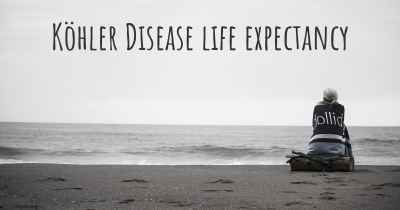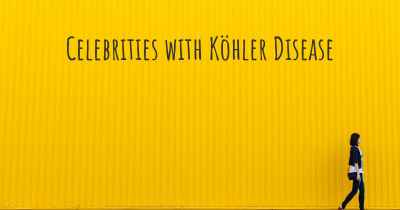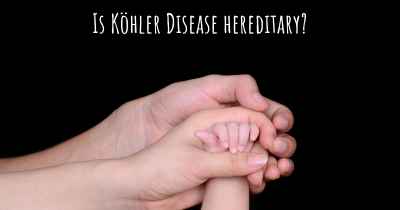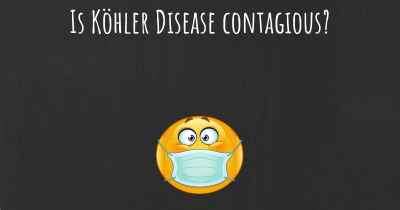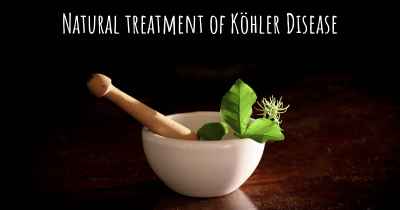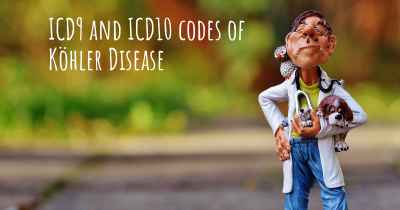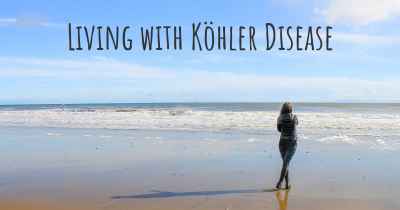What are the best treatments for Köhler Disease?
See the best treatments for Köhler Disease here
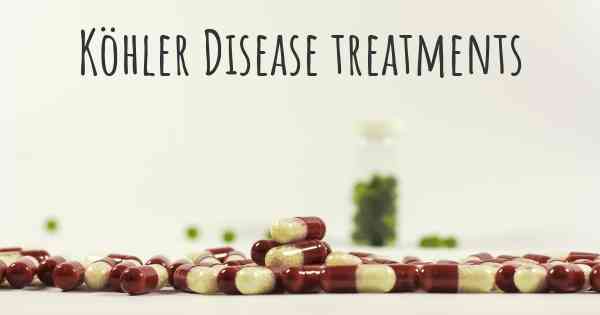
Köhler Disease, also known as Köhler bone disease or osteochondrosis of the tarsal navicular bone, is a rare condition that primarily affects children between the ages of 3 and 10. It is characterized by temporary loss of blood supply to the navicular bone in the foot, leading to bone damage and subsequent pain and limping.
Treatment for Köhler Disease focuses on relieving symptoms, reducing pain, and promoting healing of the affected bone. While the condition typically resolves on its own over time, there are several interventions that can help expedite recovery and alleviate discomfort:
- Activity modification: Limiting weight-bearing activities and avoiding excessive stress on the affected foot can help reduce pain and prevent further damage to the bone. This may involve using crutches or a walking boot to offload the foot.
- Pain management: Over-the-counter pain relievers such as acetaminophen or nonsteroidal anti-inflammatory drugs (NSAIDs) can be used to manage pain and inflammation associated with Köhler Disease. However, it is important to consult a healthcare professional before administering any medication to children.
- Orthotic devices: Custom-made shoe inserts or orthotic devices can provide support and cushioning to the foot, reducing pressure on the affected bone and promoting healing. These devices are designed to distribute weight evenly and correct any biomechanical abnormalities that may contribute to the condition.
- Physical therapy: Engaging in specific exercises and stretches under the guidance of a physical therapist can help improve range of motion, strengthen the surrounding muscles, and promote healing. Physical therapy may also include modalities such as ultrasound or electrical stimulation to enhance blood flow and reduce pain.
- Casting: In some cases, a short leg cast or walking cast may be recommended to immobilize the foot and allow the bone to heal. Casting is typically reserved for severe or persistent cases of Köhler Disease.
- Follow-up care: Regular follow-up appointments with a healthcare professional are essential to monitor the progress of the condition and ensure appropriate management. X-rays may be taken periodically to assess bone healing and determine the effectiveness of the treatment plan.
It is important to note that the duration of treatment for Köhler Disease can vary depending on the severity of the condition and the individual's response to interventions. Most children recover fully within a few months to a year, and long-term complications are rare.
If you suspect your child may have Köhler Disease or are concerned about their foot pain and limping, it is crucial to seek medical attention from a qualified healthcare professional. They can provide an accurate diagnosis, recommend appropriate treatment options, and offer guidance throughout the recovery process.
